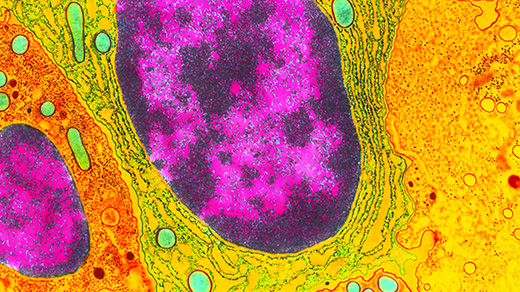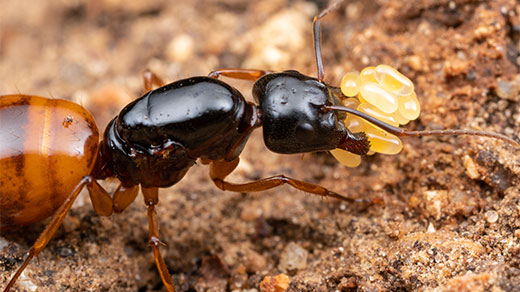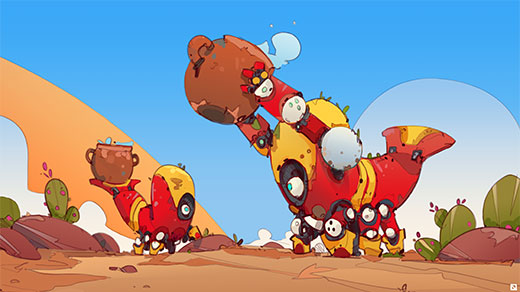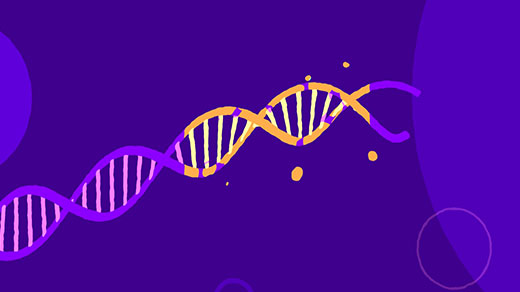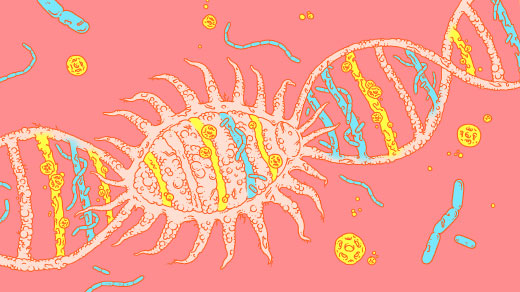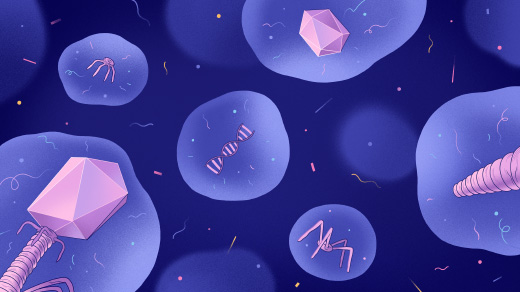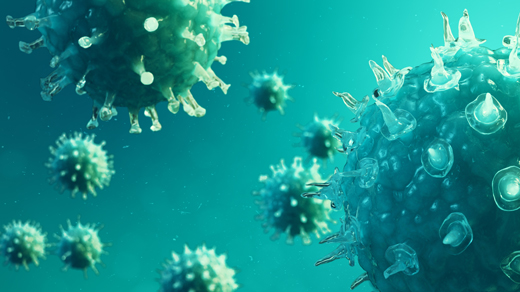Latest Articles
A Newfound Source of Cellular Order in the Chemistry of Life
Inside cells, droplets of biomolecules called condensates merge, divide and dissolve. Their dance may regulate vital processes.
Scientists Find Vital Genes Evolving in Genome’s Junkyard
Even genes essential for life can be caught in an evolutionary arms race that forces them to change or be replaced.
How Two Became One: Origins of a Mysterious Symbiosis Found
Carpenter ants need endosymbiotic bacteria to guide the early development of their embryos. New work has reconstructed how this deep partnership evolved.
By Losing Genes, Life Often Evolved More Complexity
Recent major surveys show that reductions in genomic complexity — including the loss of key genes — have successfully shaped the evolution of life throughout history.
Where Do New Genes Come From?
In their search for sources of genetic novelty, researchers find that some “orphan genes” with no obvious ancestors evolve out of junk DNA, contrary to old assumptions.
Inherited Learning? It Happens, but How Is Uncertain
Studies suggest that epigenetics allows some learned adaptive responses to be passed down to new generations. The question is how.
Cell-Bacteria Mergers Offer Clues to How Organelles Evolved
Cells in symbiotic partnership, sometimes nested one within the other and functioning like organelles, can borrow from their host’s genes to complete their own metabolic pathways.
Viruses Can Scatter Their Genes Among Cells and Reassemble
Some viruses can replicate without infecting any one cell with all their genes.
Viruses Have a Secret, Altruistic Social Life
Researchers are beginning to understand the ways in which viruses strategically manipulate and cooperate with one another.


